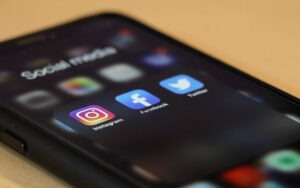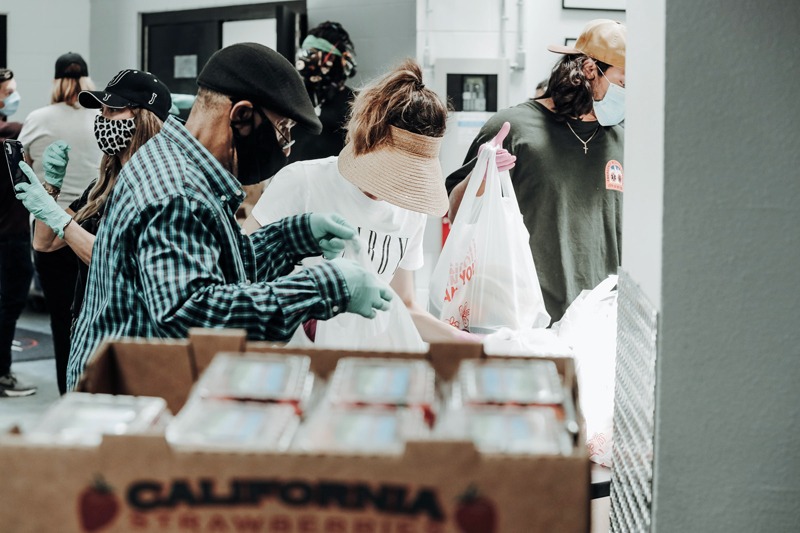
September 6, 2017; Model D Media
Fundraising season is starting, and we’re publishing this so it might inform you as you do that planning. But, the need for the personal approach is worth a reminder at any time, across the board.
In this article from Model D Media, several Detroit-area nonprofit organizations have found low-tech engagement methods often work better than digital outreach alone for engagement of whole communities. We hope that no one is surprised, but with the ever-more-encompassing emphasis on social media and digital engagement, this seems to stand in stark contrast to the communications practices of enough nonprofits for it to require self-assessments all around. Let’s face it, nonprofits with tight budgets are all too eager to jump on these cost-effective, digitally based methods, but nonprofits may be losing something in that shift.
Although most people have access to the Internet and smartphones, not everyone does. Those who do have access may not use it frequently enough for digital communications to make an impact. By focusing only on digital engagement, nonprofits can lose important stakeholders. The relevance of this idea to all nonprofits becomes clear when we look at Internet usage among the spectrum of ages. Only 64 percent of people aged 65 and older use the Internet at all. This is the key demographic group that nonprofits typically reach out to for planned giving. If an organization only uses digital communication to reach this group, they are completely missing 36 percent of their target population and ineffectively communicating with the remainder.
Sign up for our free newsletters
Subscribe to NPQ's newsletters to have our top stories delivered directly to your inbox.
By signing up, you agree to our privacy policy and terms of use, and to receive messages from NPQ and our partners.
Uswa Iqbal, program director for Be a Good Neighbor, recognized this when planning their latest community engagement campaign. She said, “We found that different methods reach different audiences. For us, since we wanted both youth and the older generation to participate, we had to try our best to cover both the digital and ‘real’ world.”
Going low-tech is not only for reaching out to baby boomers and beyond, however. For millennials and Gen X’ers, who communicate using all things digital, a mailed invitation or survey could actually stand out in the onslaught of emails. In fact, some reports indicate that millennials enjoy receiving mail and may actually respond better to direct mail campaigns. This makes sense, as stakeholders, whether they are donors, volunteers, or constituents, respond best when communication is personalized. Digital means of communication often lack in this aspect, especially when there is otherwise little direct engagement.
Alice Bagley, coordinator of Unity in Our Community TimeBank, offers the following advice: Digital communication can be used once you have already created a connection with someone through other means. This can be a rule of thumb, with the caveat that individuals have indicated that digital communication is their preferred method of contact. At the end of the day, the golden rule of stakeholder engagement still applies—digital communication is good, phone is better, but in-person is the best.—Sheela Nimishakavi












